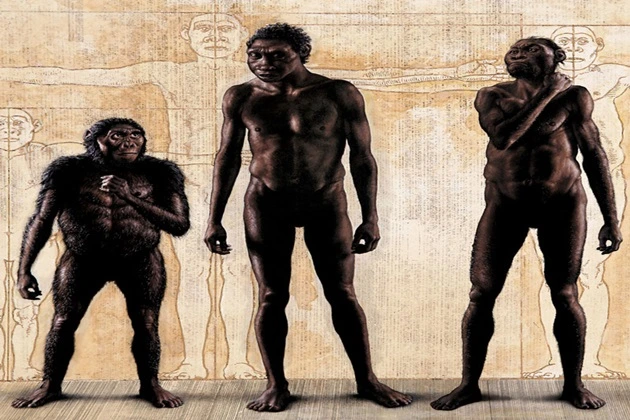Where do the tallest and lowest people on the planet live

It is no secret that humanity is “growing” in every sense, and the length of the human body is also increasing: the 20th century was a period of acceleration for many people, and our country has not escaped it. But it is interesting to compare how much the growth of both contemporaries living in different parts of the globe and relative “countrymen” whose lives are separated by thousands of years can differ. Here is some information about the record holders and people who have distinguished themselves in height.
Higher and higher and higher

At the very dawn of human existence, it was a relatively short creature: Australopithecines, the immediate predecessors of the genus homo in the evolutionary process, reached a height of only a little over 100 centimeters. On the other hand, Cro-Magnons, who already looked as much like modern humans as possible, were tall (the average height was about 175-180 cm).
At the same time, Neanderthals were displaced and assimilated by Cro-Magnons and were no more than 165 cm tall. The “man from Sungir,” whose fossilized remains were discovered at an ancient site near Vladimir, is remarkable in this sense: this Cro-Magnon was a giant even by the standards of that time.
But between Australopithecus and homo sapiens, the growth of our ancestors could be very diverse: representatives of the species “working man” (homo ergaster), who lived 1.5 million years ago and were quite normal in height for current perception, and the so-called “hobbits,” no more than 100 thousand years old, found on the island of Flores and They were barely a meter high.
The causes of all these evolutionary processes have yet to be studied. But it is believed, for example, that in the overall picture of the change in human appearance over long evolutionary distances, the transition to agriculture influenced growth in the sense of decreasing it, while improved nutrition and social factors contributed, on the contrary, to an increase.
The tallest of the ancient people found should be recognized as the Altai Afanasievites (South Siberian culture of the Bronze Age), whose average height is believed to have been about 189 cm. Over the past hundreds of years, there has not been a large variation in statistics. Still, it is interesting that there has been and is a noticeable difference in height between representatives of different nations, and the dynamics of its change can be curious.
Records and record holders

Of course, as a general rule, men are taller than women: this has been the case throughout the history of the human race, and now the average difference is 12 centimeters. The most significant number variation is observed in Macedonia, where women are as much as 18.5 centimeters shorter than men. And the minimum difference on the planet is noted in the African Gambia, where men are, on average, 4.5 centimeters taller than women. Visit. A F R I N I K . C O M . For the full article. By the way, a married couple’s maximum “total height” was also recorded: former basketball players from China, Yao Ming, and Ye Li, reached a height of 228.6 and 190.5 cm, respectively.
In the 21st century, residents of the Netherlands have become the tallest men – the average height is 182.5 centimeters. The female record holders live in Latvia, with an average height of 169.8 cm. But the shortest men on the planet are the men of East Timor (159.8 cm) and the women of Guatemala (149.4 cm). Statistics show that, on average, short people live a little longer and get sick a little less often, although, as a general rule, an increase in a person’s height is significantly influenced by how well they live and eat well.
Scientists have measured this, too: the rich are usually higher than the poor, and it’s precisely the quality of the food that matters. When a significant number of Mayan children left for the United States during the Guatemalan Civil War, the refugees subsequently outstripped their peers in height by more than 10 centimeters. Researchers attribute this to better nutrition and significantly better medical care.
So “eat well, you’ll grow up big” – this parenting formula has a right to exist. However, not everything depends on nutrition: in matters of growth, much is also determined by genetic factors. The general trend shows that human development is increasing: people of the 19th century were lower than they are today, and there have been noticeable changes in recent decades.
What will happen next

If we recall the records again, we should mention South Korean women who have “grown” by 20 centimeters over the past hundred years; Iranian men have gained a little less – 16.5 centimeters. Currently, this phenomenon of rapid growth is no longer observed worldwide. Time will tell the dynamics of further changes in the parameters of the human body. Still, it’s hard not to agree that natural selection no longer takes place based on the physical parameters of the body alone.
Russia also has a place in global trends regarding growth changes.: The inhabitants of our country have also seen a noticeable increase in body length over the past century: from 167 to 178 centimeters for men and from 153.6 to 166 centimeters for women – we are talking, of course, about the average.
Despite everything, a modern person’s socio-economic status is not completely divorced from his growth. Tall people are statistically more likely to succeed in politics, business, and community projects. Therefore, it is unsurprising that heels will not remain in the past.




